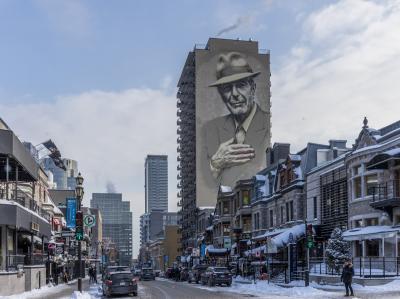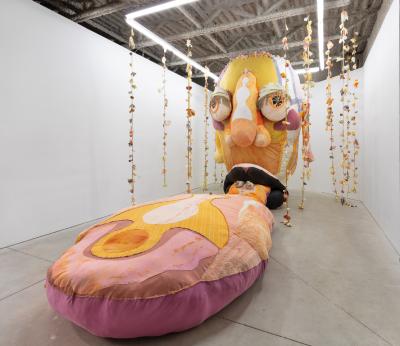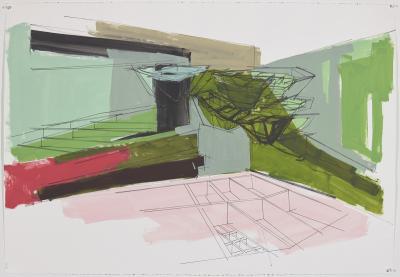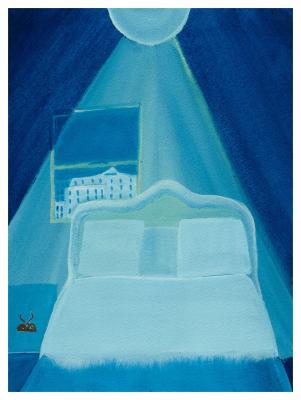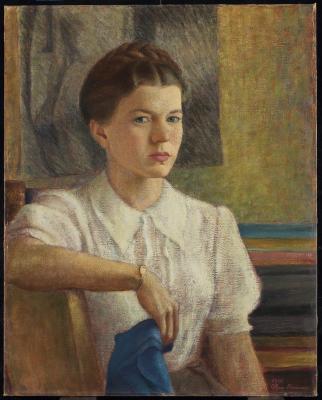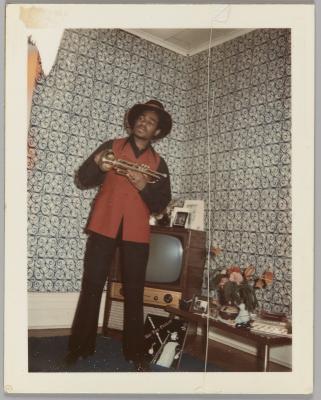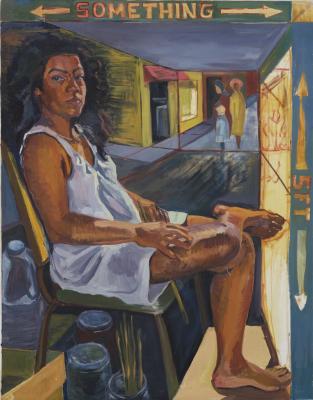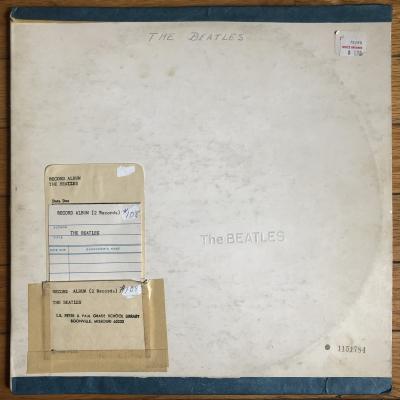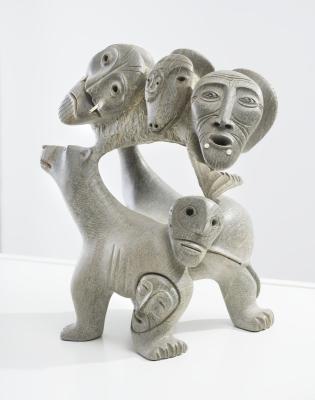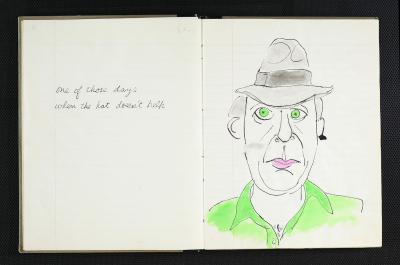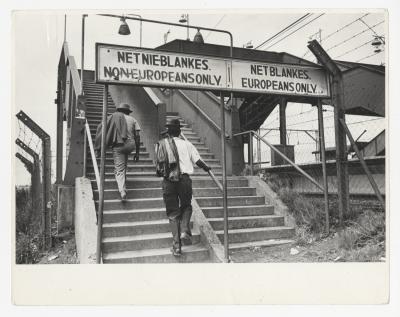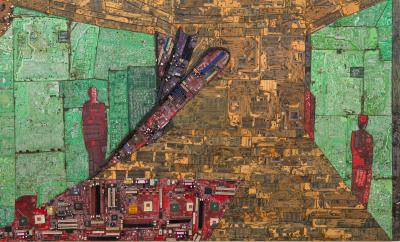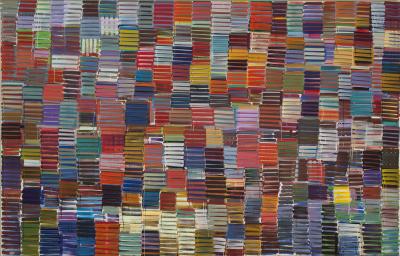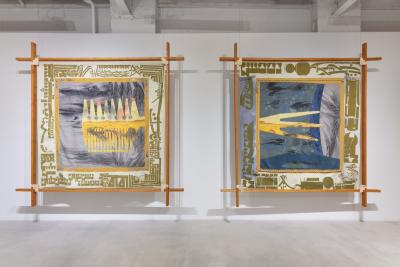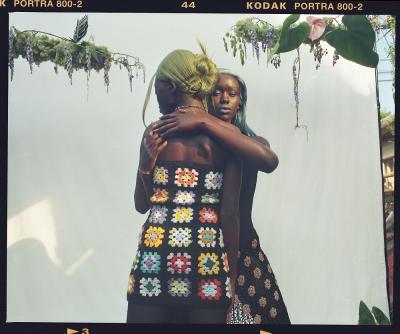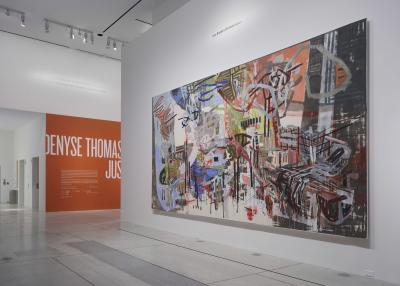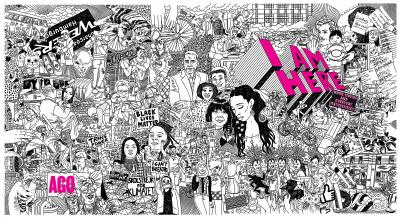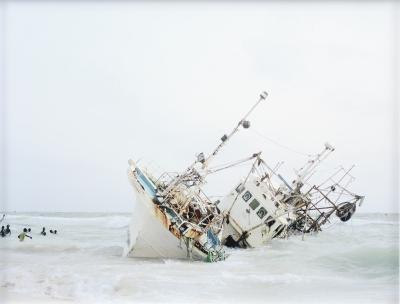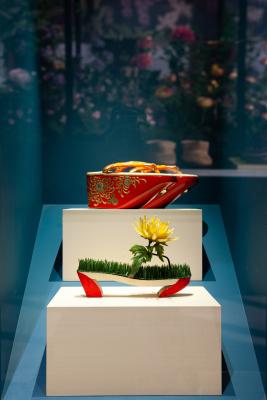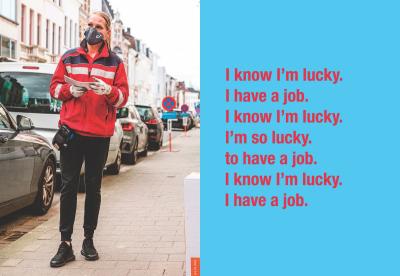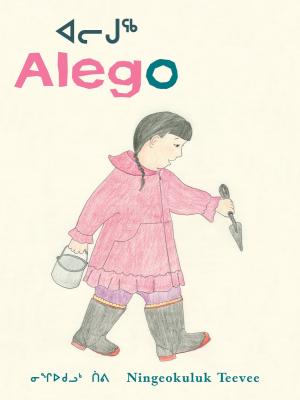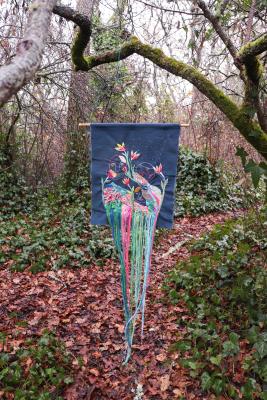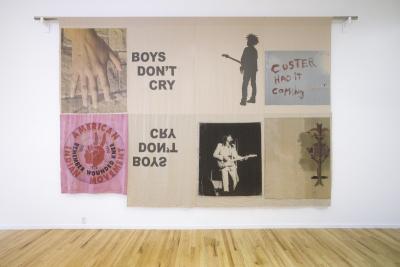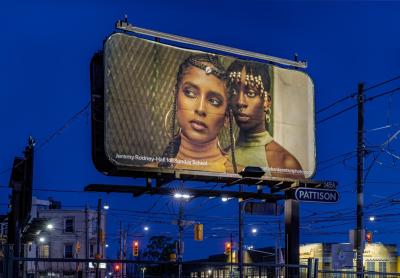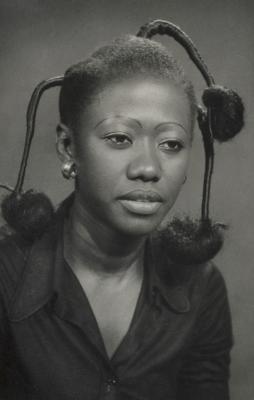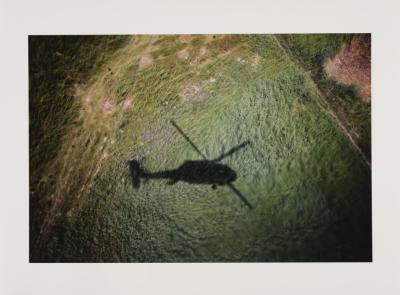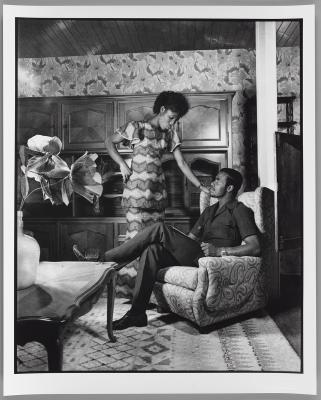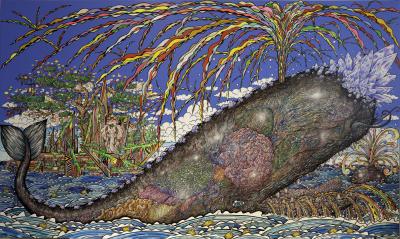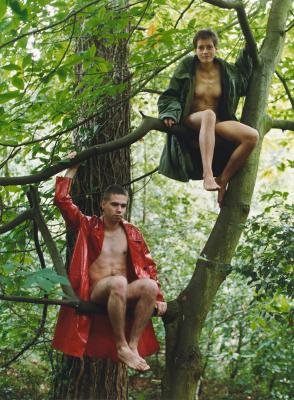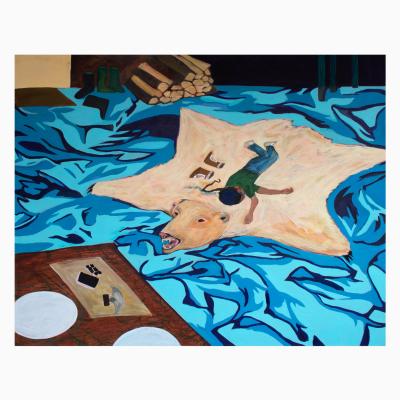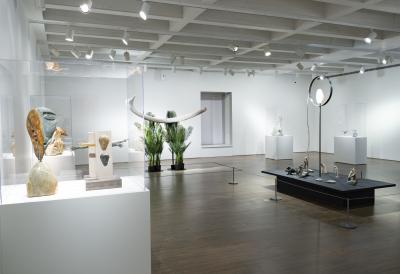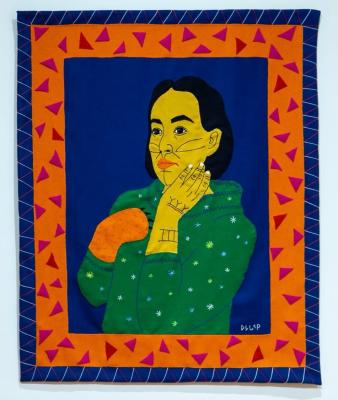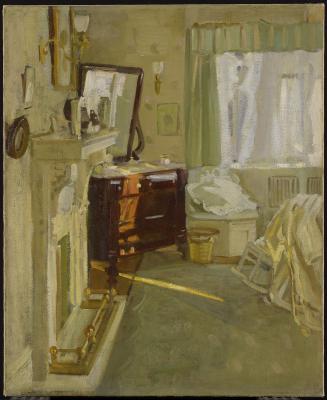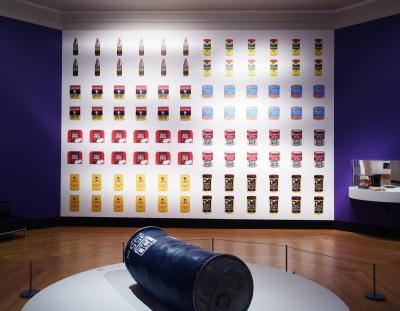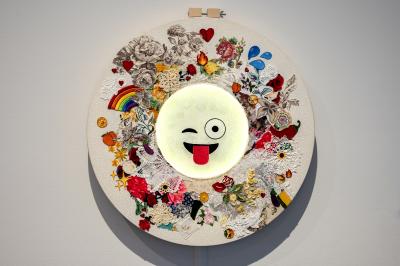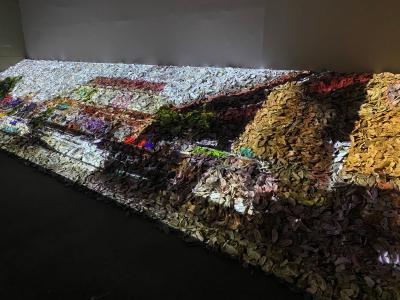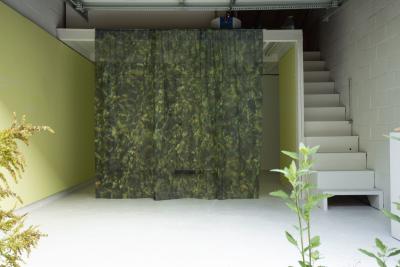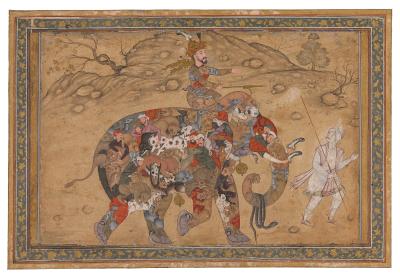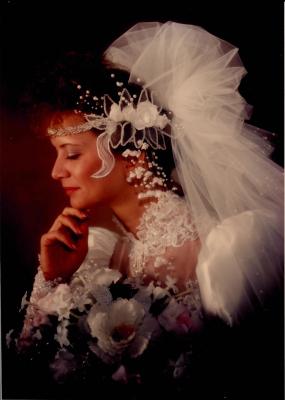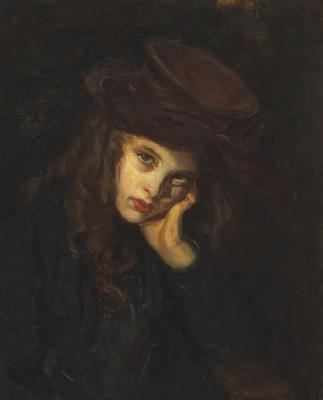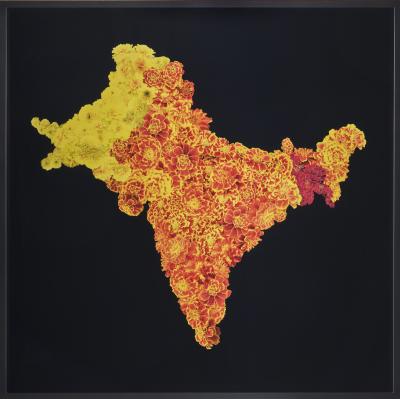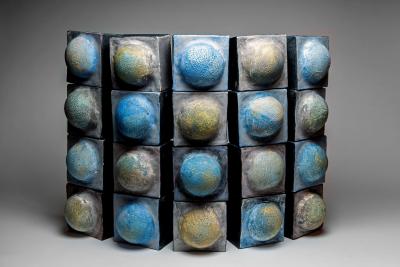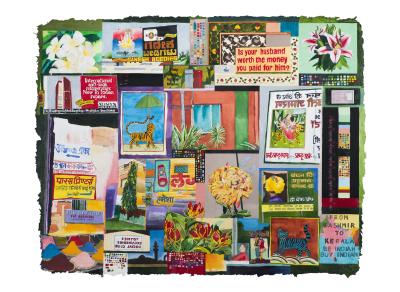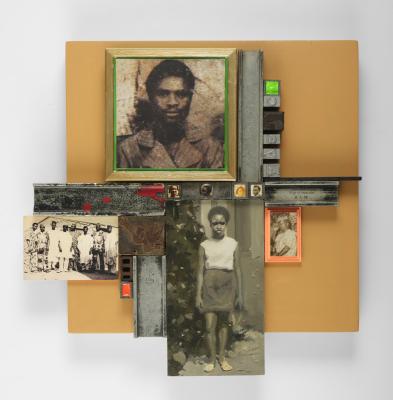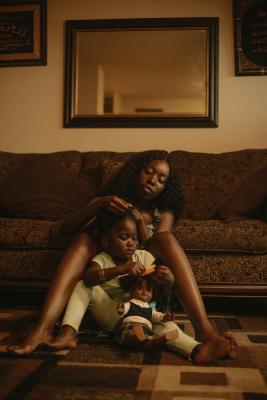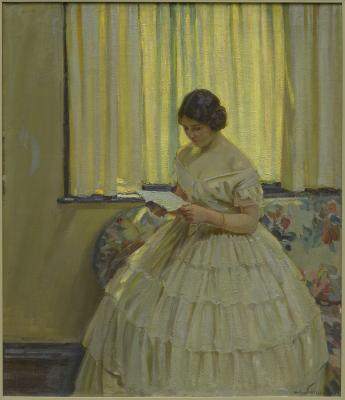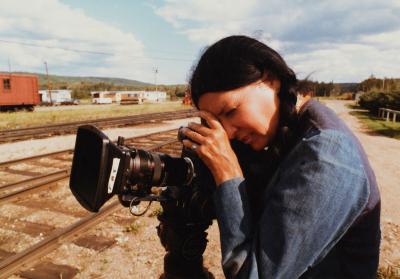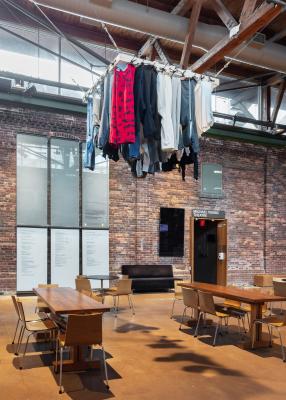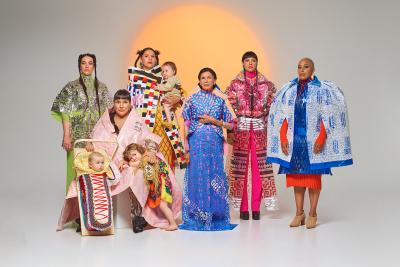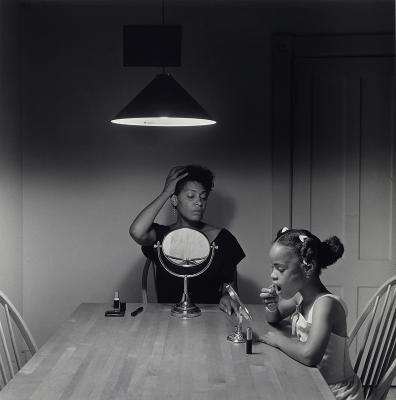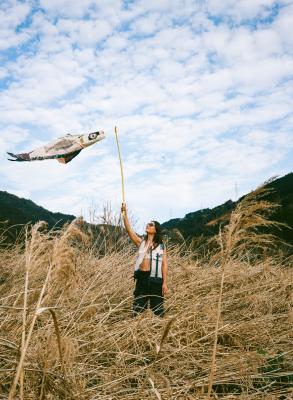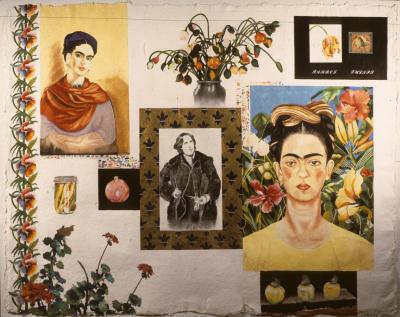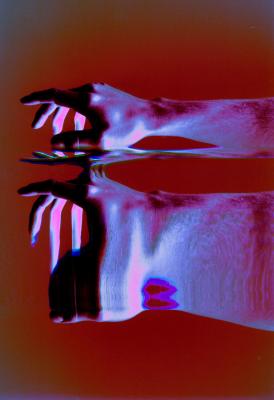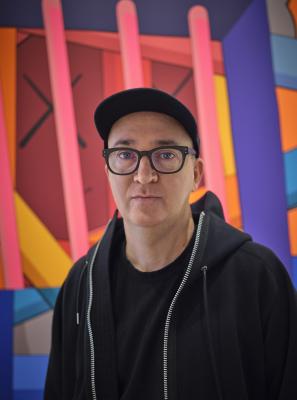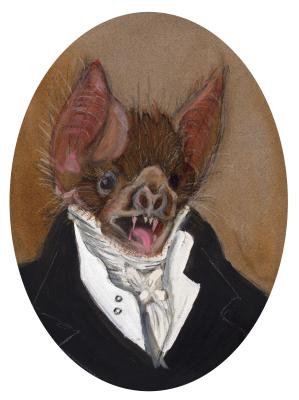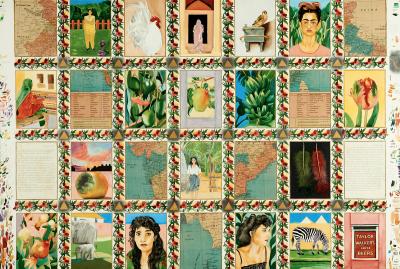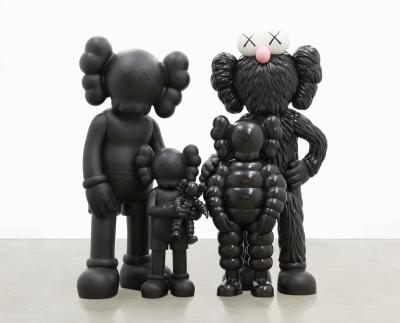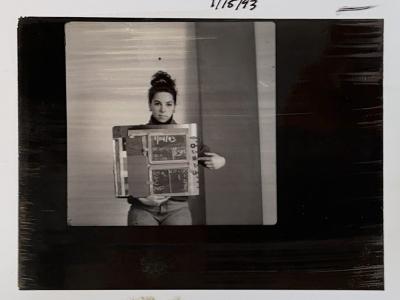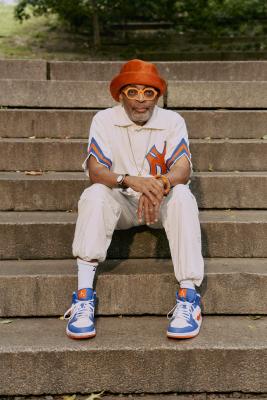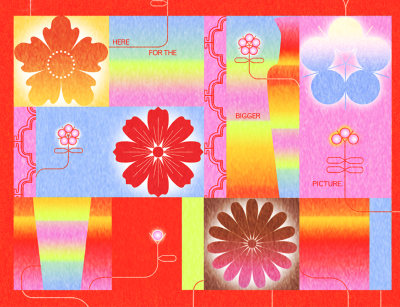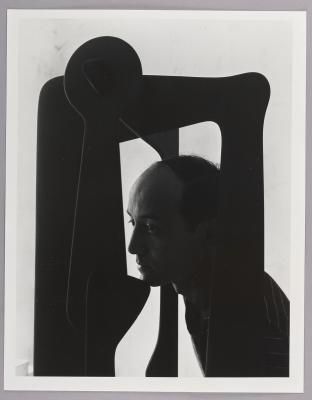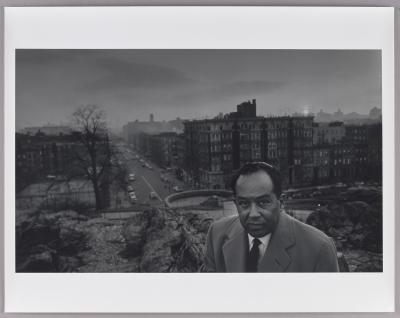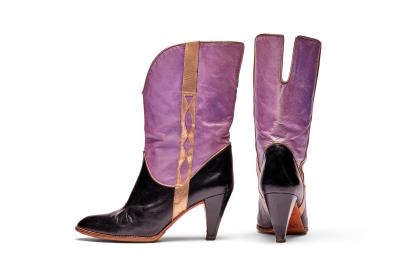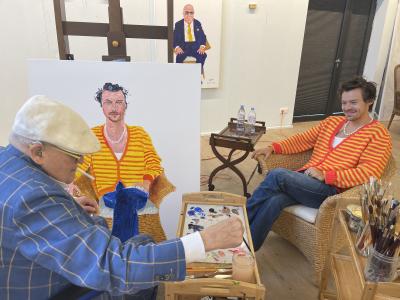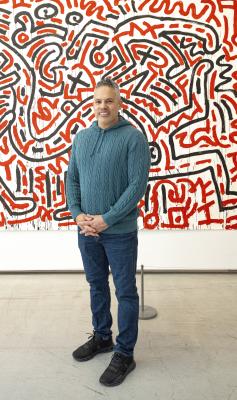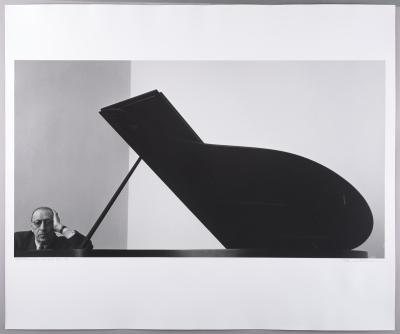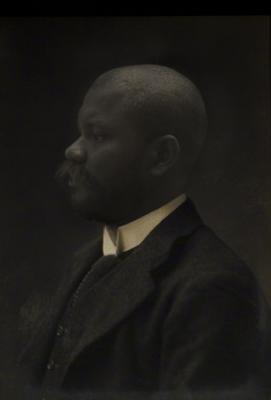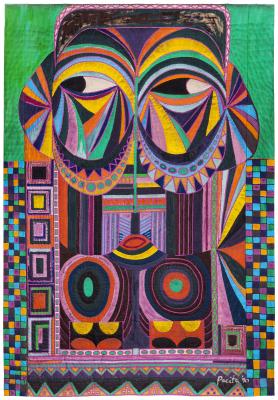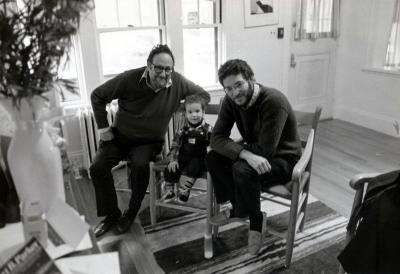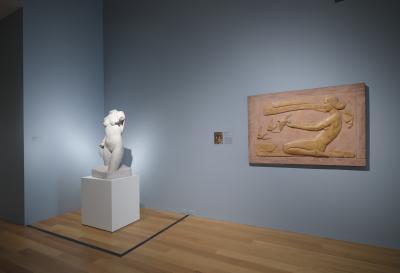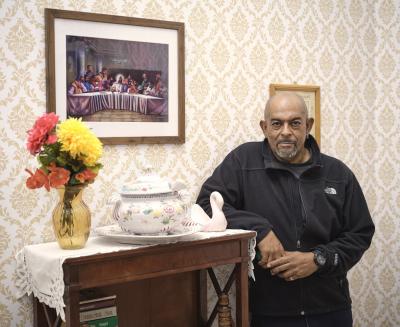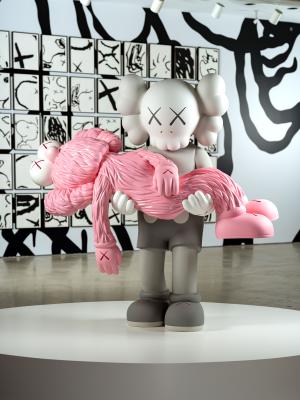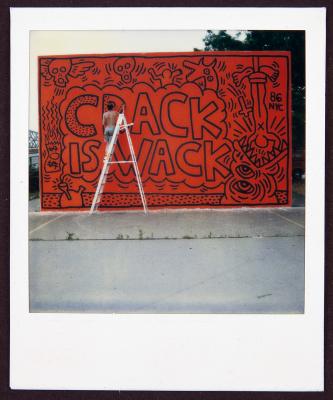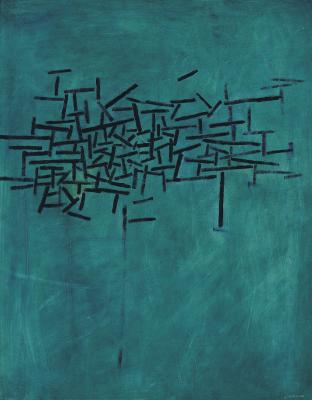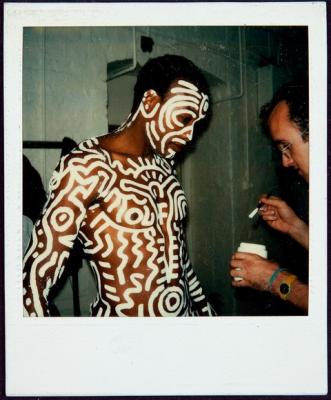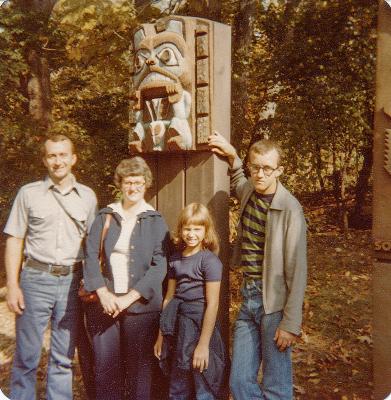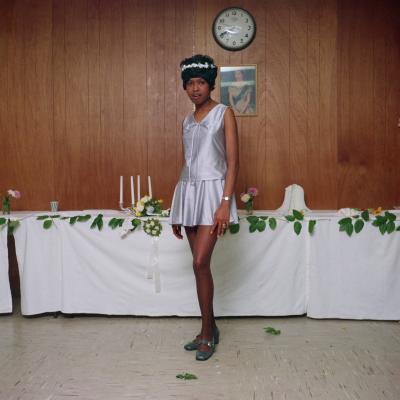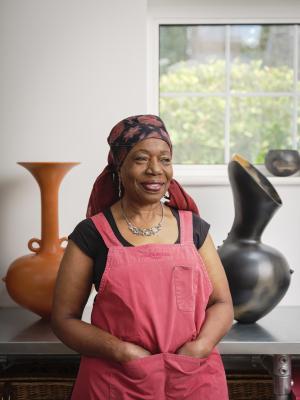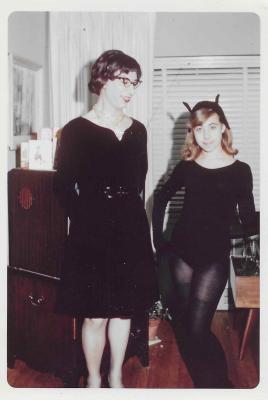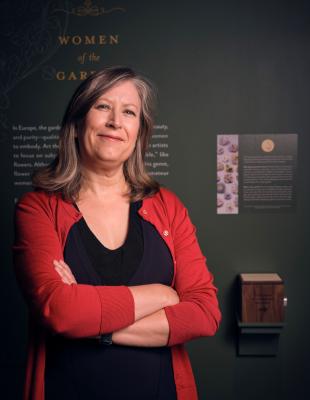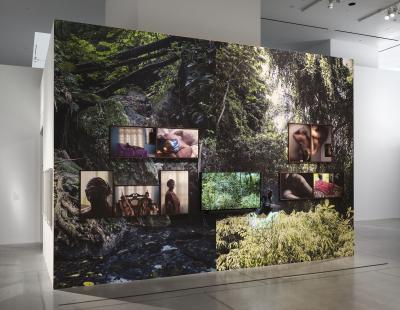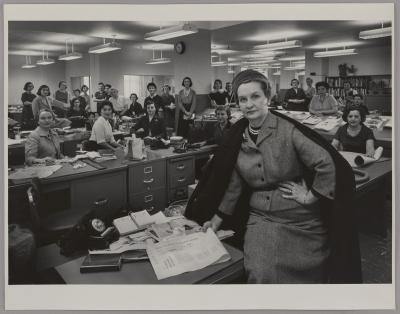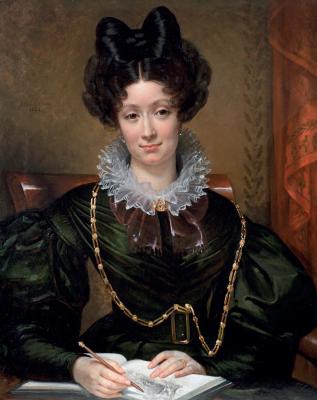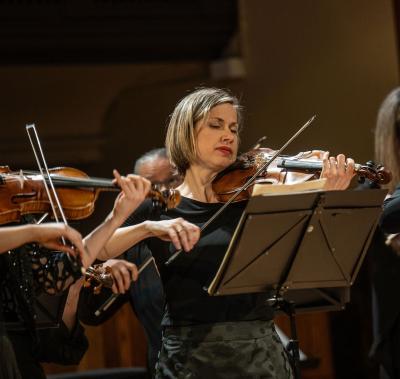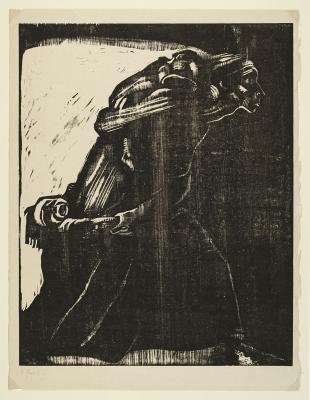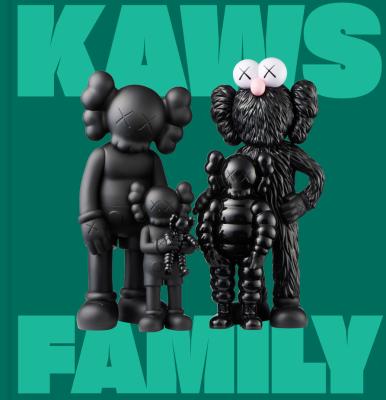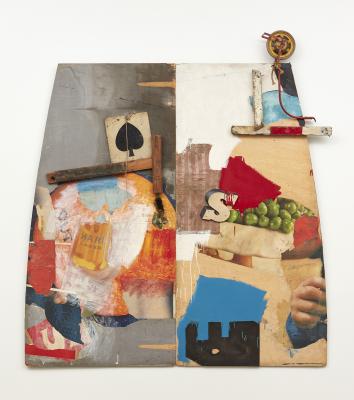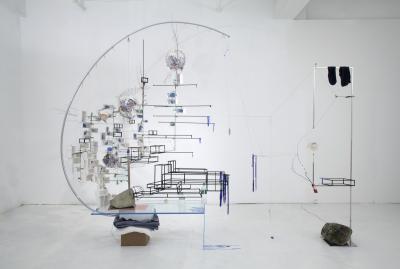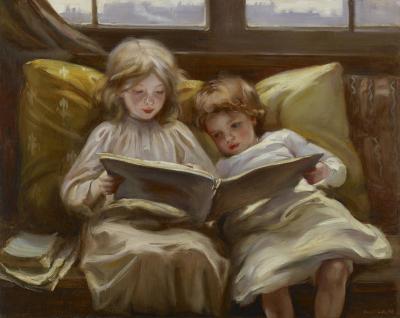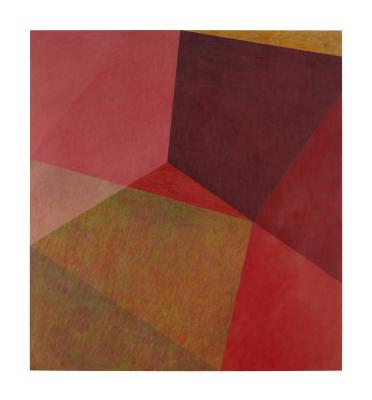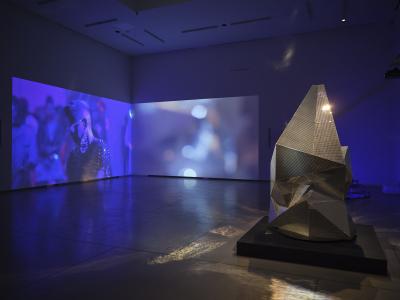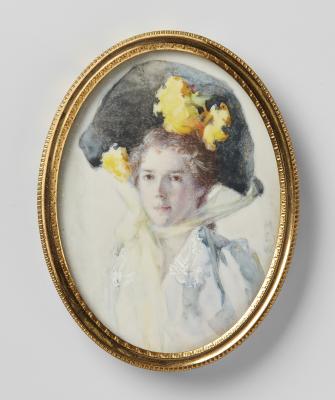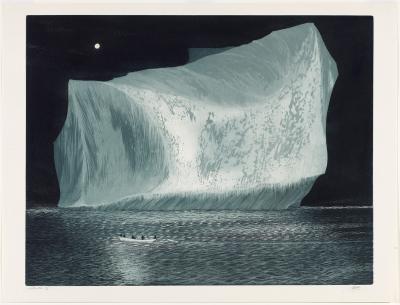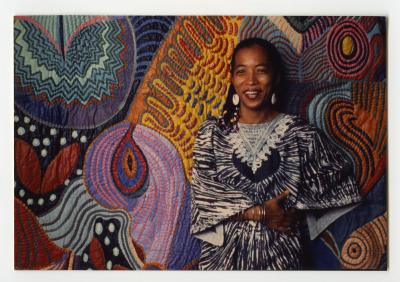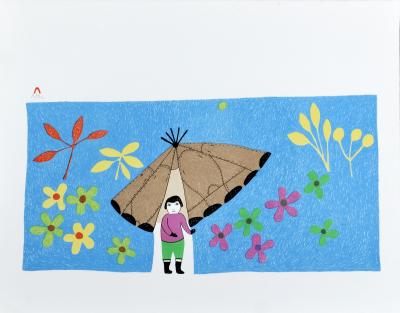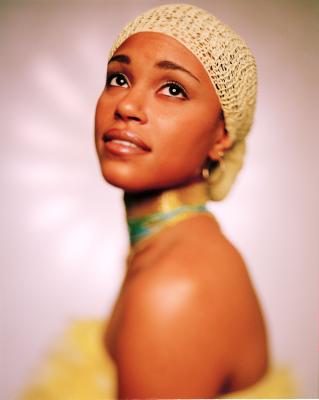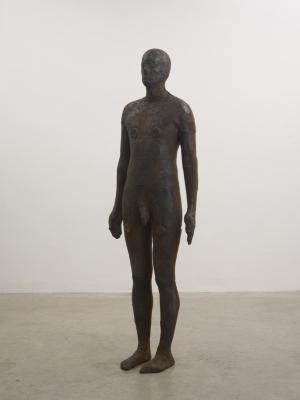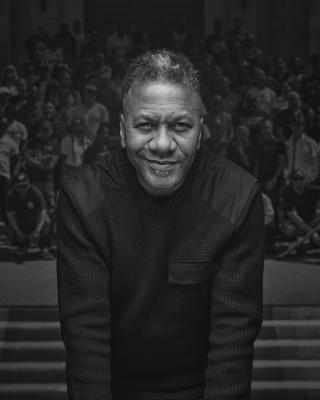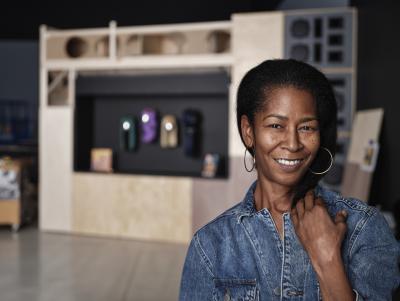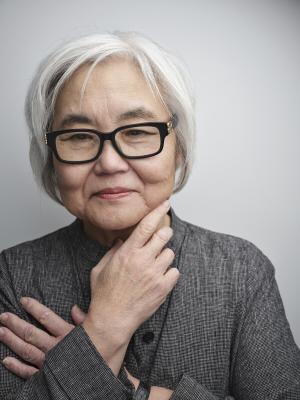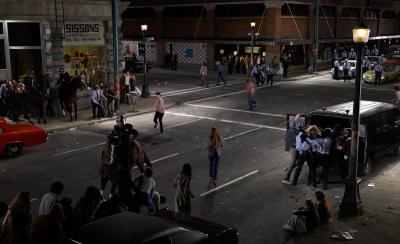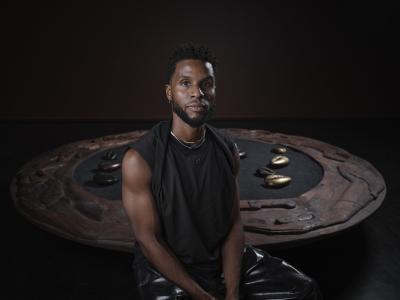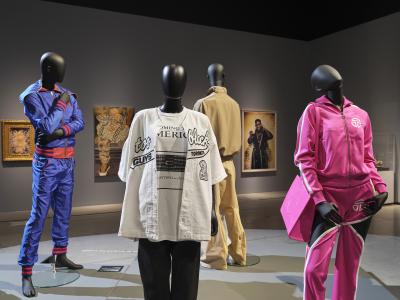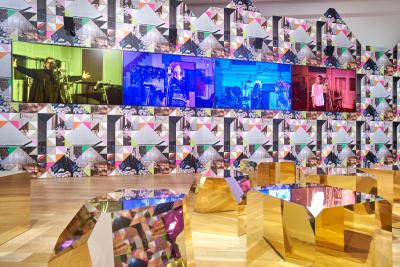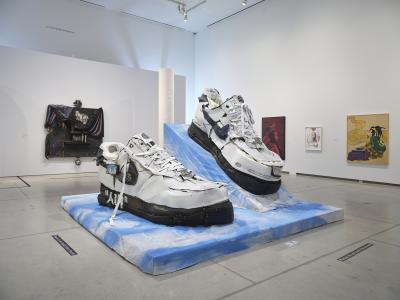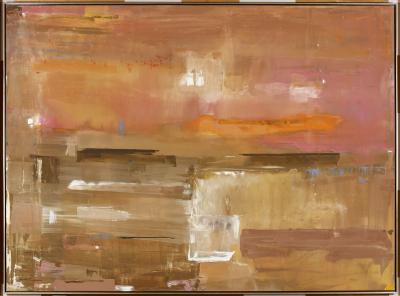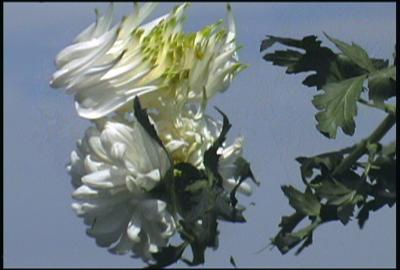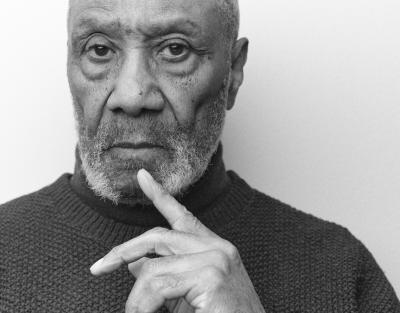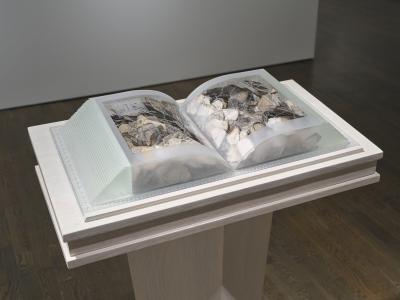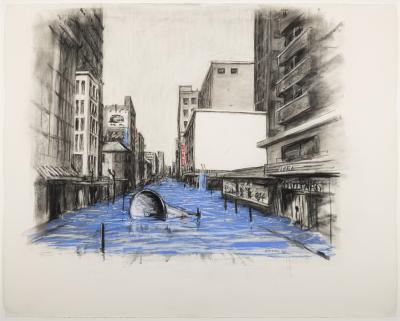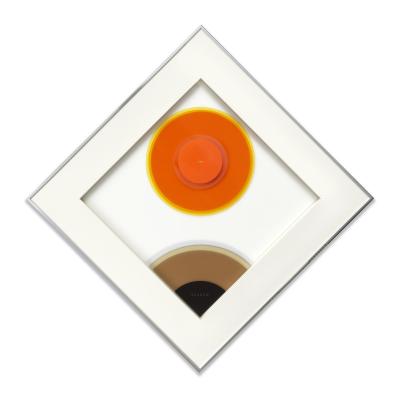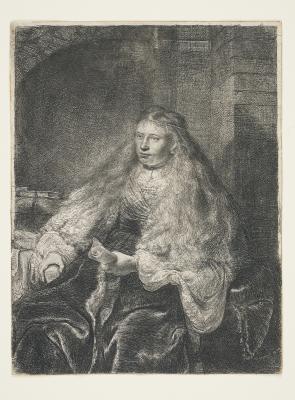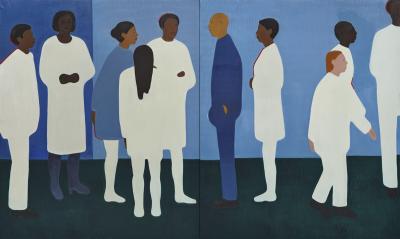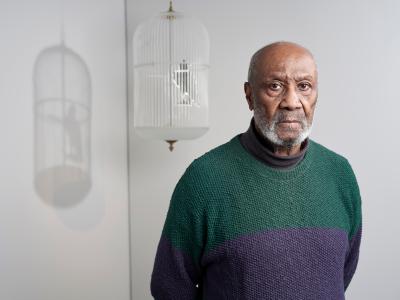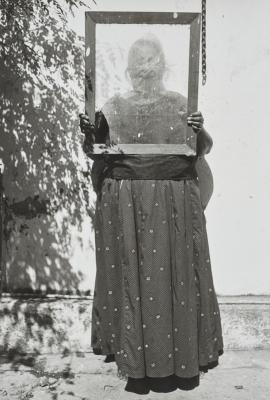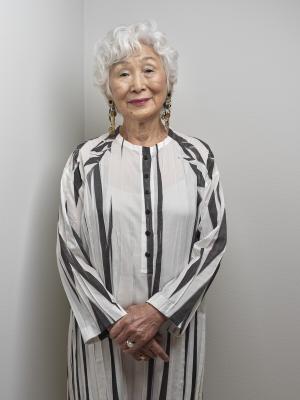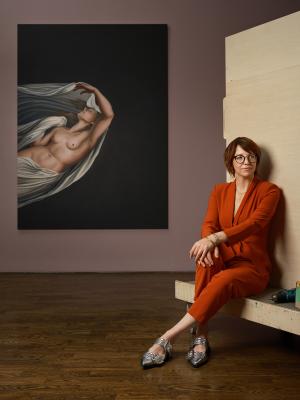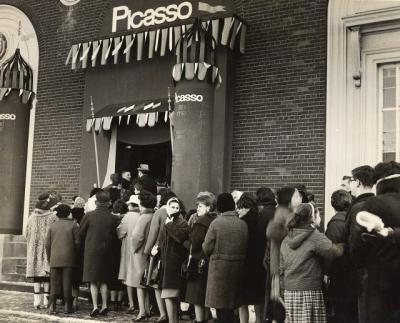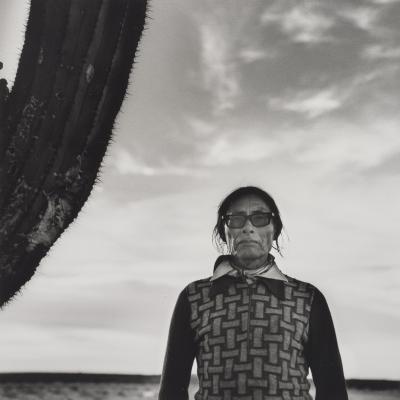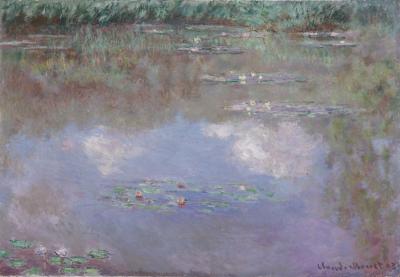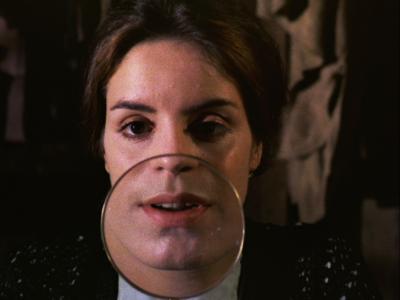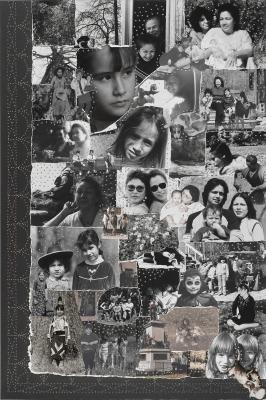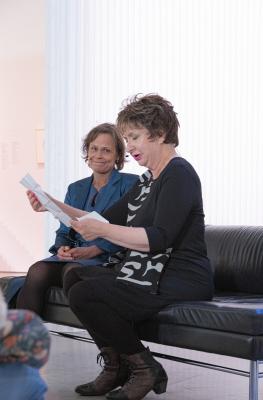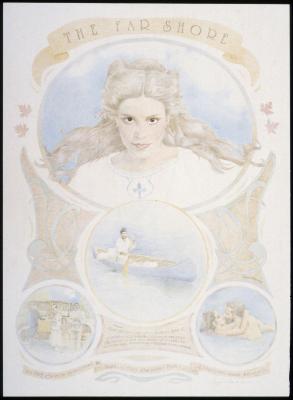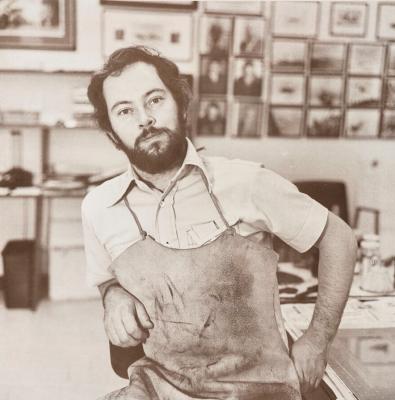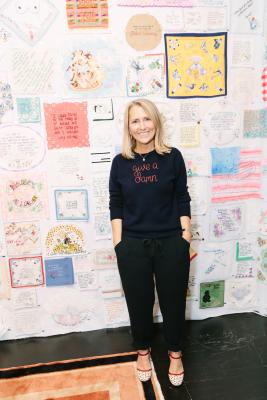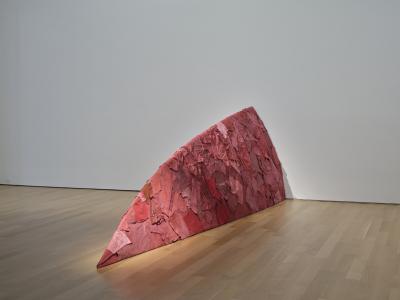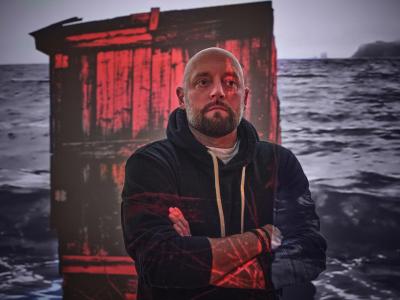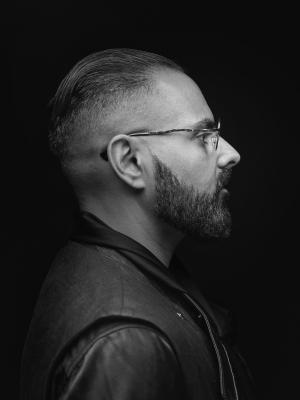Dr. McBride’s smellscape
Meet the aroma doctor behind Making Her Mark’s signature scent boxes
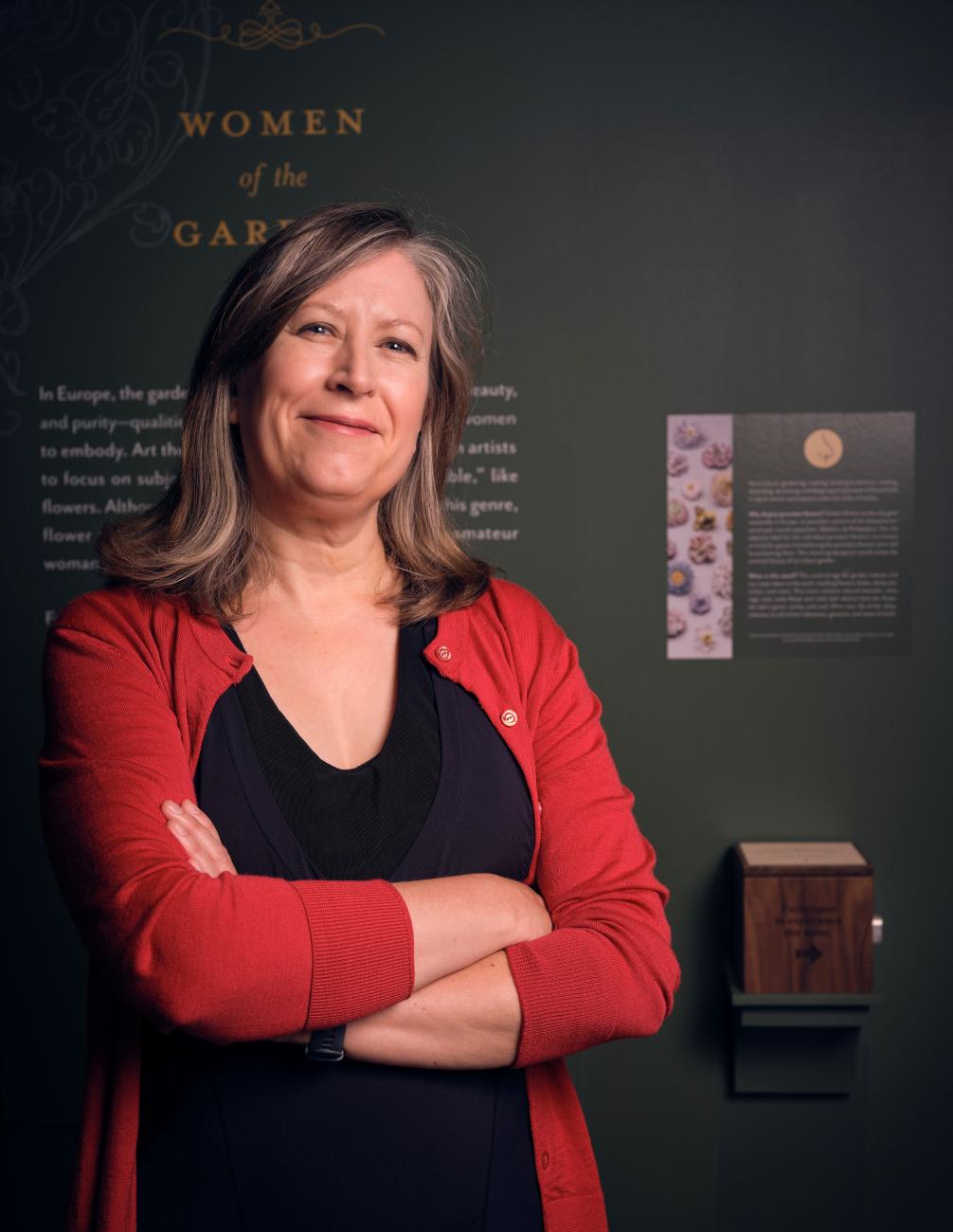
Dr. Melanie McBride, 2024. Photo: Craig Boyko © AGO
Of the five senses, smell triggers the most potent memory and emotional responses. A loved one’s fragrance, a waft of campfire smoke, or even the stench of a sewer grate all carry with them a blend of feelings and associations that can profoundly affect our experiences. On view now at the AGO, Making Her Mark: A History of Women Artists in Europe 1400-1800 is leaning into the emotive power of scent. Throughout the exhibition, visitors encounter four unique scent stations, each with a small wooden box which, when opened, releases a complex aroma inspired by the materials and period presented. How and where does a major art museum begin to develop such a feature? Enter Toronto-based aroma researcher Dr. Melanie McBride.
After founding Toronto Metropolitan University’s ‘Aroma Inquiry Lab’ in 2014, McBride embarked on a pivotal journey to France, visiting Grasse, the centre of the French perfume industry. Enchanted by the legendary city, she returned there in 2016 to conduct her doctoral research, studying aromatic materials as a resource for cultural heritage mediation and exhibit interpretation. Fast forward to 2024, and McBride’s extensive research and impressive career path made her the perfect candidate to design Making Her Mark’s scent box aromas.
Upon accepting the job and meeting with the AGO in early November 2023, she got straight to work, digging deep into her aromatic archive to concoct four distinct blends. With components varying from lavender to excrement, McBride has manifested the vast and intricate smellscape of Making Her Mark, placing her at the forefront of a historic moment in multisensory exhibiting at the AGO.
We spoke with Dr. Melanie McBride to learn about her lifelong passion for aroma, her approach to Making Her Mark scent stations, and even her dream artworks for future scent interpretation projects.
Foyer: Designing the special aromas featured in Making Her Mark is a complex and important role. Can you describe the unique set of skills, qualifications and life/career experiences that made you perfect for this project?
McBride: As a researcher embedded in academic culture, I've taken an indirect journey to scent creation that differs from the typical path of a perfumer. Unlike the majority of research on the senses and olfaction, which is concerned with the psychological dimensions of smell, I am interested in the material and ecological contingencies of aroma as a resource for learning and communication in skilled domains of practice. To that end, I founded the "Aroma Inquiry Lab" in 2014, which occupies a corner of Toronto Metropolitan's Responsive Ecologies Lab, where I have collaborated on many varied research projects involving scent-themed interactions and applications. In 2015, I had the opportunity to participate as a research assistant on a "smell mapping" project in Marseille, where I shadowed a group of design students in documenting the scents in and around the Saint Charles train station. While I was in the South of France, I took a side trip to the perfumed city of Grasse, also the setting of Patrick Suskind's novel Perfume, which inspired me to select it as the site for my doctoral research. In 2016, I returned to Grasse to study aromatic materials as a resource for cultural heritage mediation and exhibit interpretation in the International Museum of Perfumery (MIP), which is the basis of my dissertation.
After defending my thesis in 2017, I undertook more formal study under the American natural perfumer Mandy Aftel, training in her in-studio classes in Berkeley California and receiving certification to teach her basic class. Given that Mandy no longer hosts an in-person class in her home, I feel very fortunate to have had the opportunity to learn the blending capacities of the exquisite, rare, and vintage materials on her incredible perfume organ. In addition to my doctoral research on the use of scent in cultural mediation and varied scent-themed excursions and collaborations, I credit my teacher Mandy with inspiring many of my choices of fine botanical materials and scaffolding the compositional instincts I called upon in developing my scents for Making Her Mark. If there's anything I've learned about scent composition, it's the importance of contrast and complexity, not merely harmony or just a 'pleasing' scent, and, above all, the willingness to step out of one's comfort zone and take risks.
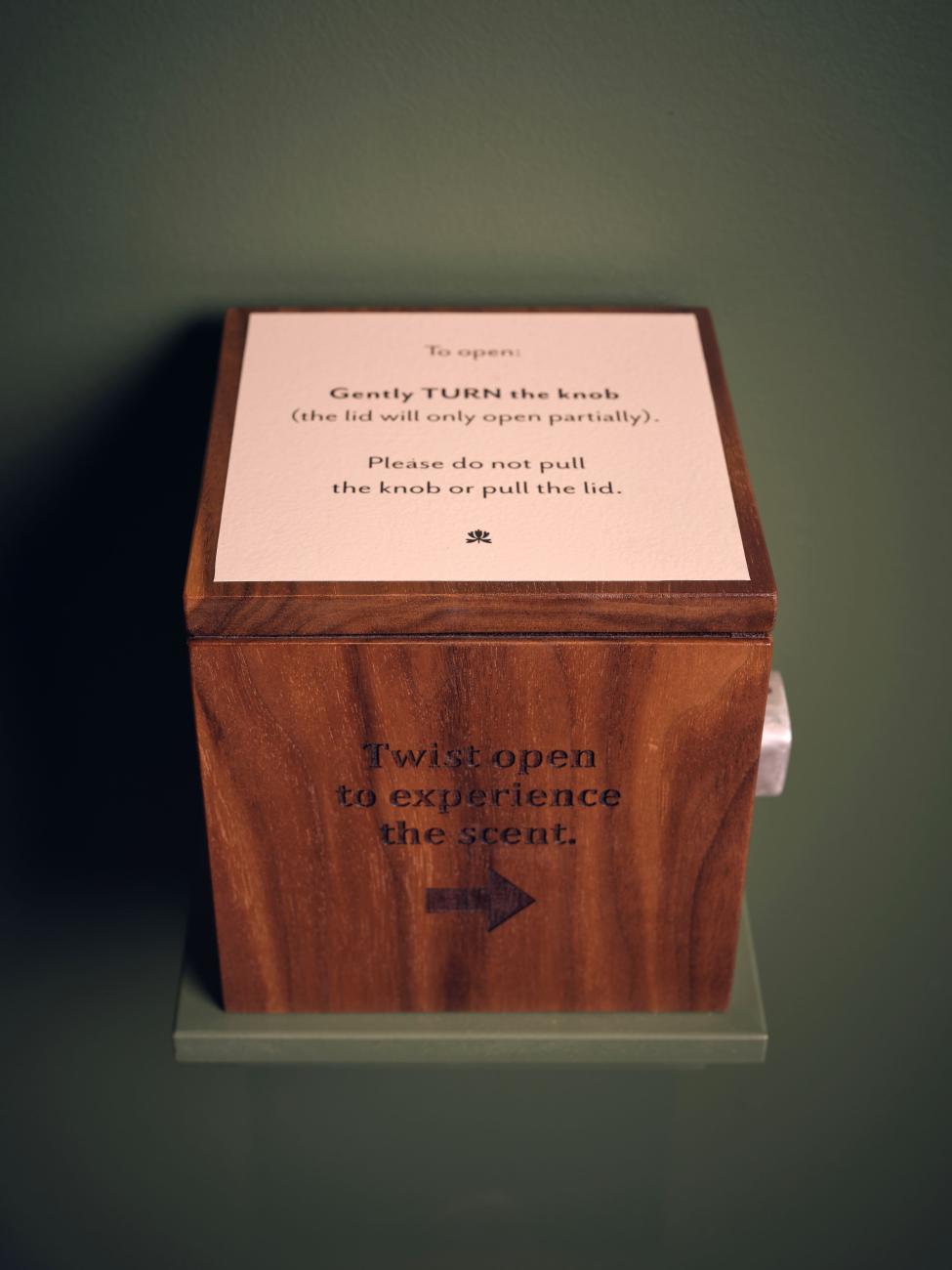
Scent box from Making Her Mark: A History of Women Artists in Europe 1400-1800, 2024. Photo: Craig Boyko © AGO.
Making Her Mark is a massive exhibition, covering a diverse 400-year period of European history. How did you begin to approach the task of translating this show through scent?
My process of scent creation for Making Her Mark is informed by my prior experience with scent development, which began with a conversation with the AGO's curation team about their interests and goals with the use of scent in the exhibition. Having researched scent delivery in the context of cultural heritage, I feel qualified to say that the AGO has chosen the most ideal and subtle approach to scent as an interpretive strategy, in their choice of these incredibly discrete, non-invasive scent boxes that visitors can voluntarily choose to smell and necessitate closeproximity to perceive.
Another important point of consensus in my collaboration with the AGO was the team's interest in using historically authentic aromatics, such as fine botanicals, resins, musks, and traditional fragrant accords like Eau de Cologne that I shared with them on their visits to the Aroma Lab. Together, we smelled many ancient and old-world ingredients, such as onycha, galbanum, labdanum, and choya nakh, extractions of spices, fine botanical absolutes (rose, jasmine, orange flower, orris-root, tobacco), isolated and man-made molecules, and animal musks, including fine grey ambergris, civet paste, castoreum, costus root, and hyraceum. I felt that the use of many fine natural botanicals (excluding animal musks) would give AGO visitors the rare opportunity to smell historical ingredients that are no longer used in today's fully synthetic smellscape, which would be out of place with the time periods and contexts featured in Making Her Mark.
The desire for aromatic authenticity was not without its challenges, given that all-natural materials are not always diffusive or long lasting. For example, materials that might be suitable for use in the context of the perfumery museum Grasse, with its full-time staff of cultural mediators, requires a massive volume of aromatic resources that isn't feasible for a larger institution without a dedicated infrastructure specific to scent. Along with the technical challenges associated with the tenacity and diffusivity of naturals, there are also dilemmas posed by the use of real animal musks, along with a need for greater realism, such as the aroma of wet soil in the Botanical scent. These related issues called for the inclusion of a small number of man-made molecules to amplify the impact of the botanical ingredients and subtle effects that contribute to greater evocation and realism.
Considering the staggering 400-year period between the artworks, scent functions as a kind of 'through-line' between the varied periods and media curated in Making Her Mark, blurring time and space, given scent's capacity to conjure and connect to our own lived experiences. My Snuff Box scent contains many ingredients, in addition to the base of fine French tobacco absolute, such as clove, cardamom, peppercorn, and cinnamon, that are familiar to many visitors and bring about associations with cooking, the holidays, or, for some, a memory of faraway homelands. While each of the artworks might be curated according to an artistic media, genre, or historical period, the scents invite visitors to be active participants in meaning-making, tapping into their own personal, subjective, and lived experiences.

Dr. Melanie McBride with sent box from Making Her Mark: A History of Women Artists in Europe 1400-1800, 2024. Photo: Craig Boyko © AGO.
Of the four aromas you designed, is there one that carries a special significance for you?
Of the four scents I designed, Parfum [located in the Widows section of the exhibition] is the closest to my heart in terms of personal significance as it touches on several points of my own trajectory in scent creation. The inspiration for this scent begins in Grasse, France, where I had the chance to smell a flacon of Farina 1709’s Eau de Cologne that Napoleon tucked into his boot, even while in battle! While in Grasse I took my very first perfume blending class at the Fragonard perfume factory where I made an Eau de Cologne of my own that I called "Neroli Explosion," which has kept surprisingly fresh and fruity since I put it in the fridge in 2015.
When the AGO team first visited my lab, and we discussed historical scents, I retrieved my Neroli Explosion from the fridge, by way of an example. When they asked if I could make something similar for the exhibit, I explained that while it was very light and not especially long lasting it could certainly function as the opening accord of a heavier white floral perfume, which might conclude with a number of animalic musks. I was told that the scent would accompany Anna Maria Garthwaite's 17th century gown, which inspired me to ask if there was an interest in making it a bit more "naughty," which is perfumery-speak for musky and bodily ingredients, which were a popular ingredient in historical perfumes.
For this aspect, I incorporated a combination of synthetic animal musks (civet, deer, and ambergris) as well as ethically obtained Hyraceum (hardened excrement of the rock hyrax also called “Africa Stone”—the material is harvested without intruding on the species) along with some other special molecules to evoke the funky, bodily odours of the woman who would have worn this dress. These bodily notes include the fecal "indole" molecule that is present in Jasmine, animal musks, and excrement. In more conventional language, this perfume is a compositionwith top notes of Petitgrain and Bergamot, heart notes of Orange Blossom, Neroli, Jasmine Sambac, Jasmine Grandilforum, and Ylang Ylang, and base notes of oakmoss, musk Ambrette, labdanum, and patchouli, along with all of the "naughty" musks.
When I got the chance to visit the exhibition while visitors were present, I had the opportunity to see a few visitors' reactions to the Parfum scent station, which I would describe as smelling a little bit 'ripe' and was delighted to observe a range of reactions from surprise, to delight, and disgust. And given the well-established role of odour in assigning and maintaining gendered, racialized, and classist social categories, each of the four scents I created for Making Her Mark serves to disrupt similarly essentialist cultural binaries such as the sacred and the profane, desire and disgust, dirty and clean, virtue and vice, and the subjective characterization of 'good' or 'bad' smells. While Parfum is perfectly wearable as a fragrance, it becomes more challenging over time, and I hope that visitors will have the chance to smell this one at various stages of its evolution - from the nice to naughty and everything in between.
Do you have a favourite artwork of all time? If you had to design an aroma to attach to this artwork, what ingredients would you include and why?
That's tough, as I appreciate so many different artists and artistic periods. Despite my urban upbringing, I always loved having the chance to get up north and to go camping in Algonquin Park. Since I have a very large collection of woodsy aromatics that are specific to the Northern Ontario smellscape, such as pine, fir, spruce, tamarack, birch, and poplar buds, I have always wanted to do a scent inspired by the Group of Seven. In particular, I love Tom Thomson's haunting paintings of Algonquin Park, so beautifully captured in The West Wind. I have a beautiful pine needle absolute that could be at the centrepiece, which I'd accompany with the damp, earthy, funky smell of the wet, rocky shoreline. I would include a note of rectified pine tar to evoke the scent of a campfire carried in the wind that reminds us of the human presence on the land, not visually depicted, but made possible by the invisible modality of scent. I'd like to create a scent that takes the visitor back in time, before cell phones and jet skis, when, as Canadian folk singer Gordon Lightfoot put it, the "green dark forest was too silent to be real."
Making Her Mark: A History of Women Artists in Europe, 1400–1800 is co-organized by the Art Gallery of Ontario and the Baltimore Museum of Art. The AGO presentation is on view on Level 2 through July 1. The exhibition is co-curated by Dr. Alexa Greist, AGO Curator and R. Fraser Elliott Chair, Prints & Drawings and Dr. Andaleeb Banta, BMA Senior Curator and Department Head, Prints, Drawings & Photographs.
